Uptick Insight Series | 6 Real-World Problems Web3 Can Actually Solve
Published on Jun 13, 2025

If you think about it, the platforms we all so heavily rely on today
were not really built for ownership, access, or modular coordination
at any kind of scale. They do work up to a point, but then they start
breaking down. By that, I mean that tickets disappear, loyalty data
gets stuck, reputations reset with every app, and even when people
vote, nothing really changes.
These are structural limits baked into the system itself.
Web3 infrastructure aims to completely rebuild that foundation, and
this article breaks down six real economy models Web3 is already
addressing across commerce, content, ticketing/fans, governance,
reputation, and loyalty.

Each model is on-chain, built as a protocol with flexible rules for
how assets move, how access is granted, how outcomes are triggered,
and how records persist across different ecosystems.
Let’s get into it.
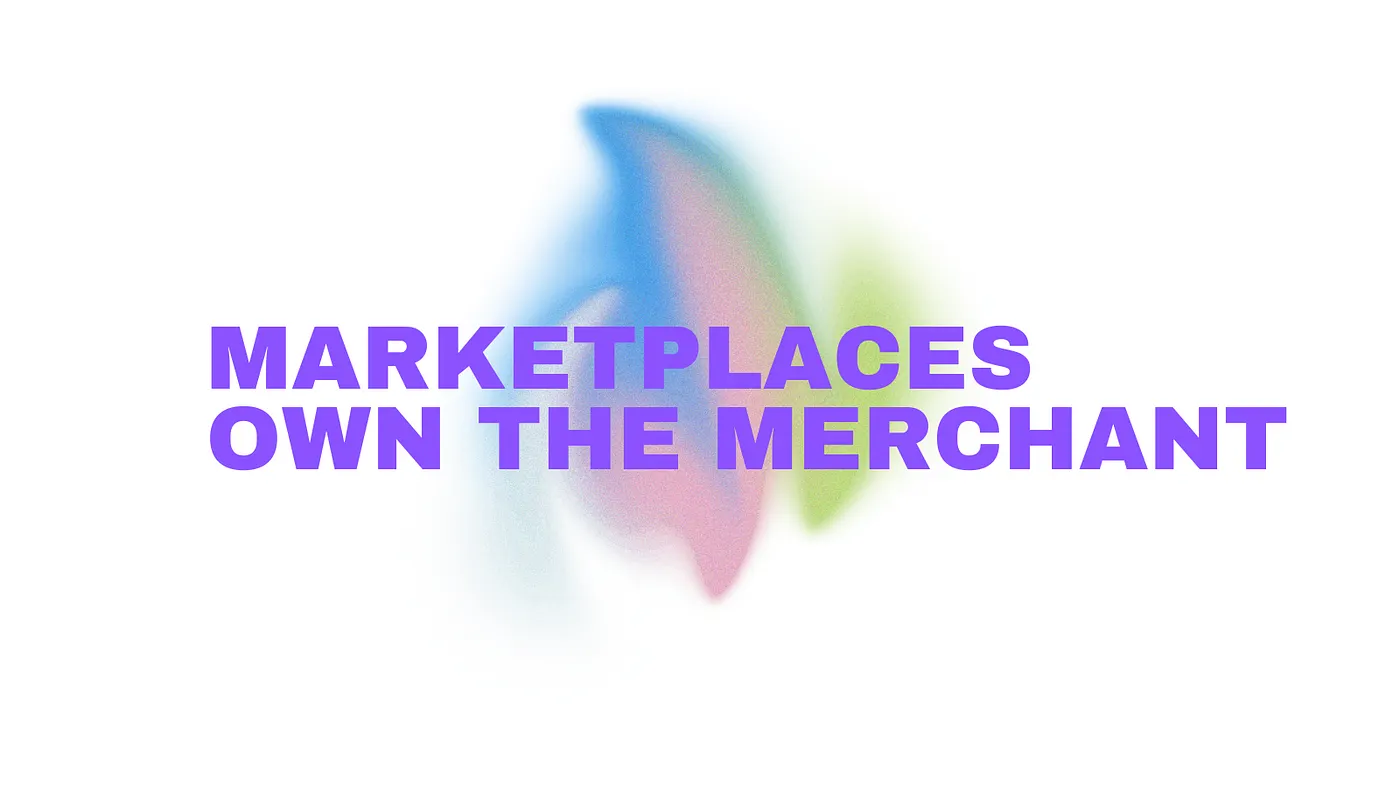
E-commerce was once thought of as a kind of liberation for merchants,
but in practice, most just ended up paying rent to platforms that
control absolutely everything.
That includes who sees their products and how they get paid.
Amazon pushes sellers into a bidding war just to appear in front of
buyers, Shopify offers independence but no real visibility, and super
basic features come loaded with fees, commissions, or restrictions on
what you can do with your own customer data.
Middlemen aren’t exactly a new thing, but the scale and grip of
today’s major platforms have turned them into gatekeepers by default.
You can’t take your customer relationships with you, you can’t carry
over loyalty or transaction histories, and platform policies can shift
without any kind of warning, completely reshaping your entire business
model overnight.
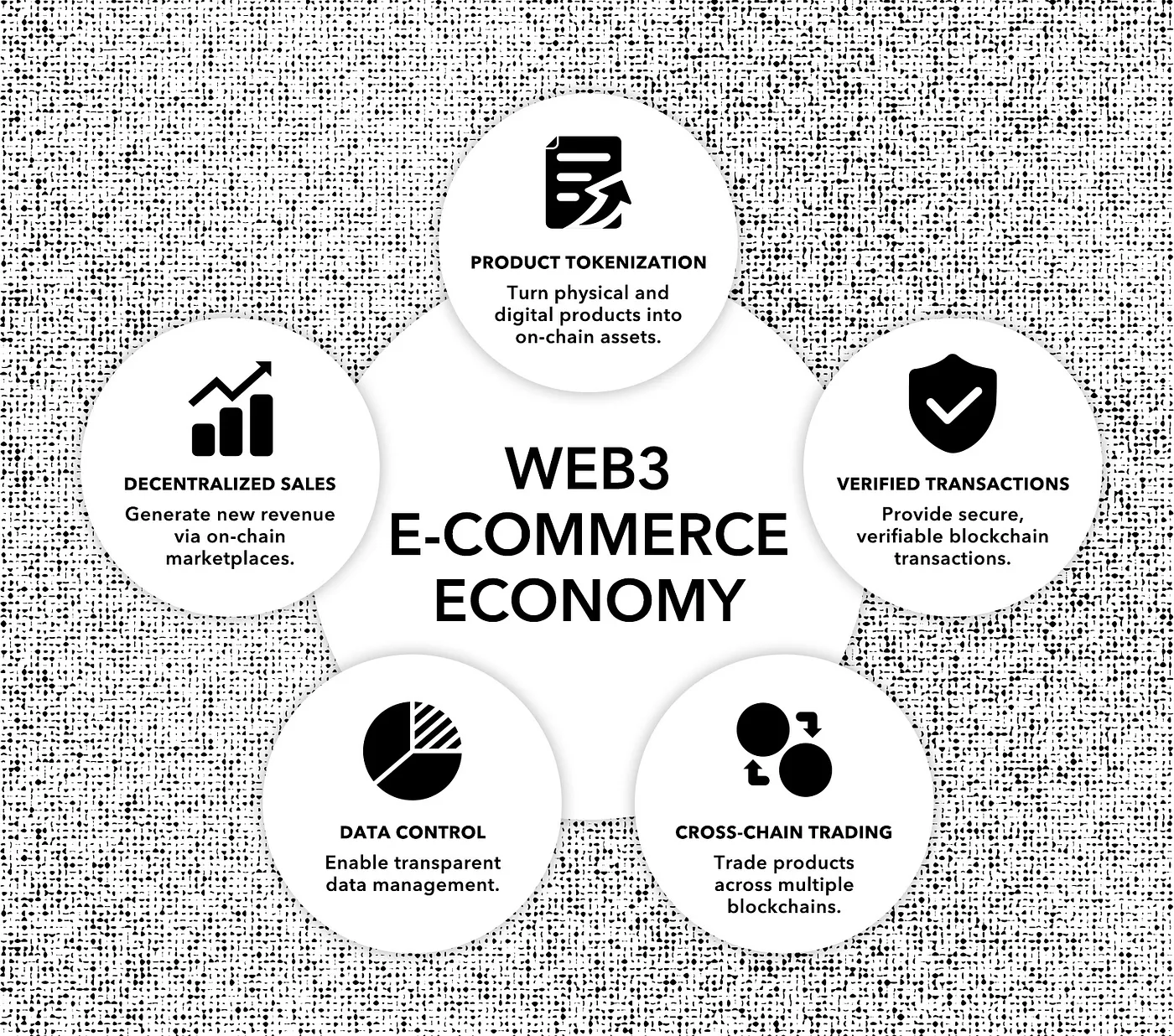
Uptick’s Web3 E Commerce Economy model rewrites this structure, so
instead of relying on a platform’s rules, merchants are able to create
assets that carry their own rules, functioning as products, bundles,
access passes, or whatever the offer requires, essentially.
Every asset comes with its terms baked in, from delivery rules to
quantity limits to how items are grouped or redeemed. Because all of
that lives on-chain, payments are direct, and loyalty is no longer
tied to a separate system, it’s part of the asset itself.
In the future, merchants could also potentially coordinate with others
using DAO modules, setting storefront rules collectively and adjusting
over time without losing control. Uptick’s infrastructure is also
cross chain from the ground up, so none of this depends on one
platform or ecosystem.
The rules, the terms, and the customer relationship all stay with the
merchant, exactly where they belong.
This doesn’t just apply to digital goods either, as merchants will
eventually be able to tokenize real world inventory the same way,
embedding delivery conditions, quantity limits, and fulfillment logic
directly into the asset, with execution supported through connected
systems or integrations. This could be anything from limited edition
merchandise, a physical product bundle, or a one time service, but
whatever the case, the asset carries the full terms, the sale is
direct, the agreement is self contained, and the outcome is already
defined.
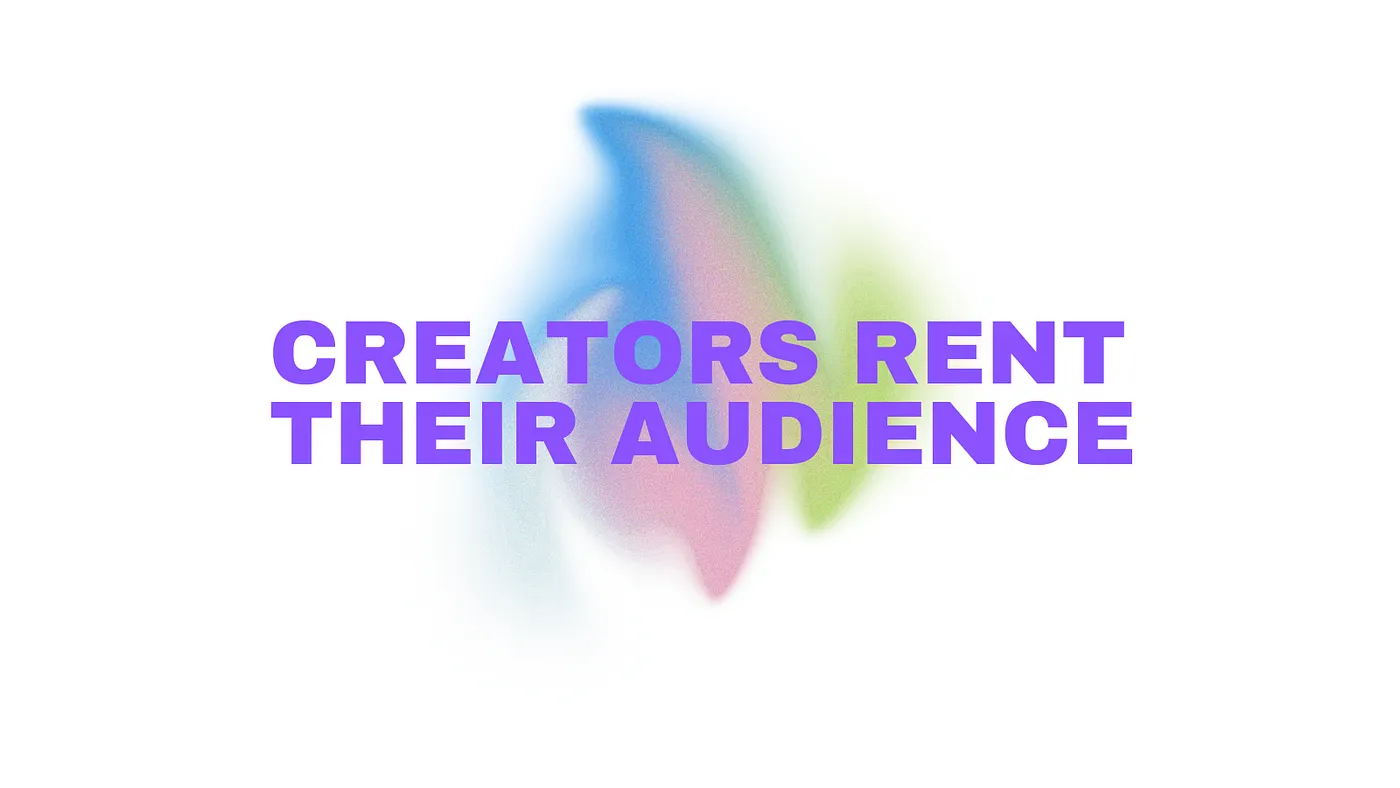
Creators spend years building audiences, but in actual fact, the
relationship is never really theirs. You can grow a presence on
YouTube, go viral on TikTok, build momentum on Instagram, but your
visibility, reach, and earnings all sit behind someone else’s system.
The algorithm decides who sees your content, how often it’s pushed,
and whether your income grows or disappears.
One shift in platform priorities and everything grinds to a sudden
halt.
The tools that claim to offer a better deal mostly replicate the same
model. Subscription sites and monetization layers still gate the data,
hold the audience, and control the terms, so your content stays locked
behind a paywall you don’t manage, and your fans are reduced to
usernames in someone else’s dashboard.
Essentially, your creative rights depend on terms you didn’t even
write.

Uptick’s Web3 Creator Economy model removes that dependency. Creative
works are able to be minted as NFTs with logic for access, resale, and
licensing baked in, including the ability to define time-based use, or
partial rights, depending on how enforcement is implemented.
Every asset carries its terms with it, no matter where it goes, and
DID profiles record ownership and usage history, giving creators a
portable identity that exists beyond any single platform.
Rights are recorded and referenced directly on-chain, giving creators
a structured way to define how their work is used, what is paid, and
under what conditions it can be licensed. These assets move freely
across chains, and because Uptick’s infrastructure is completely open,
creators keep control of both their audience and their distribution,
even as the surrounding tools continue to evolve.
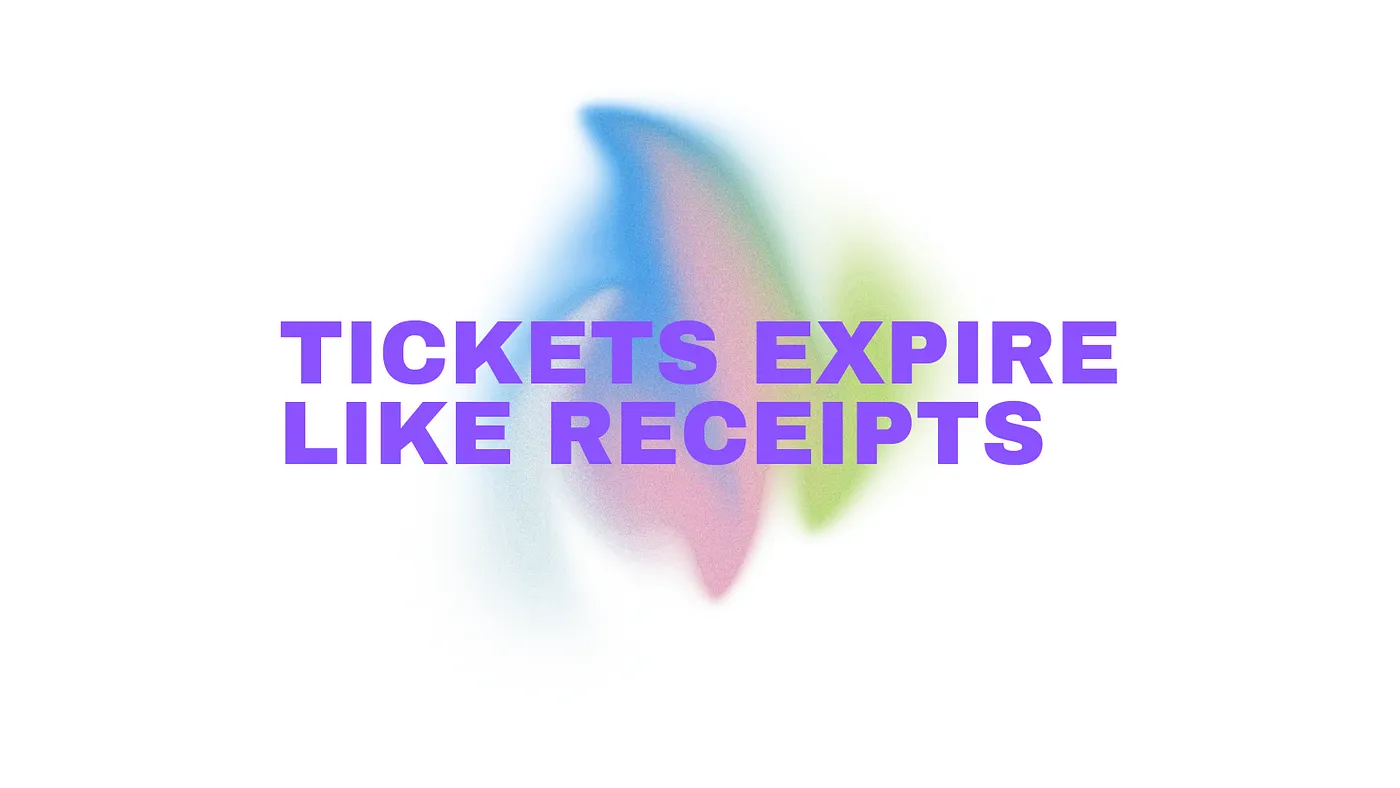
Most digital tickets today behave like ever so slightly more
convenient paper slips. Effectively, you buy one, use it once, and
then lose any connection to the event the moment it ends. Even
long-time fans show up with no way to prove it, and loyalty resets
every single time. There’s no continuous record, no continuity between
experiences, and no recognition for participation.
A lack of context wastes potential and invites problems.
Resale becomes chaotic, with little transparency around authenticity,
fraud is easy, loyalty programs are isolated, and fan engagement stays
shallow. Tickets are treated like single-use barcodes, even though the
value of fandom actually builds with each interaction.
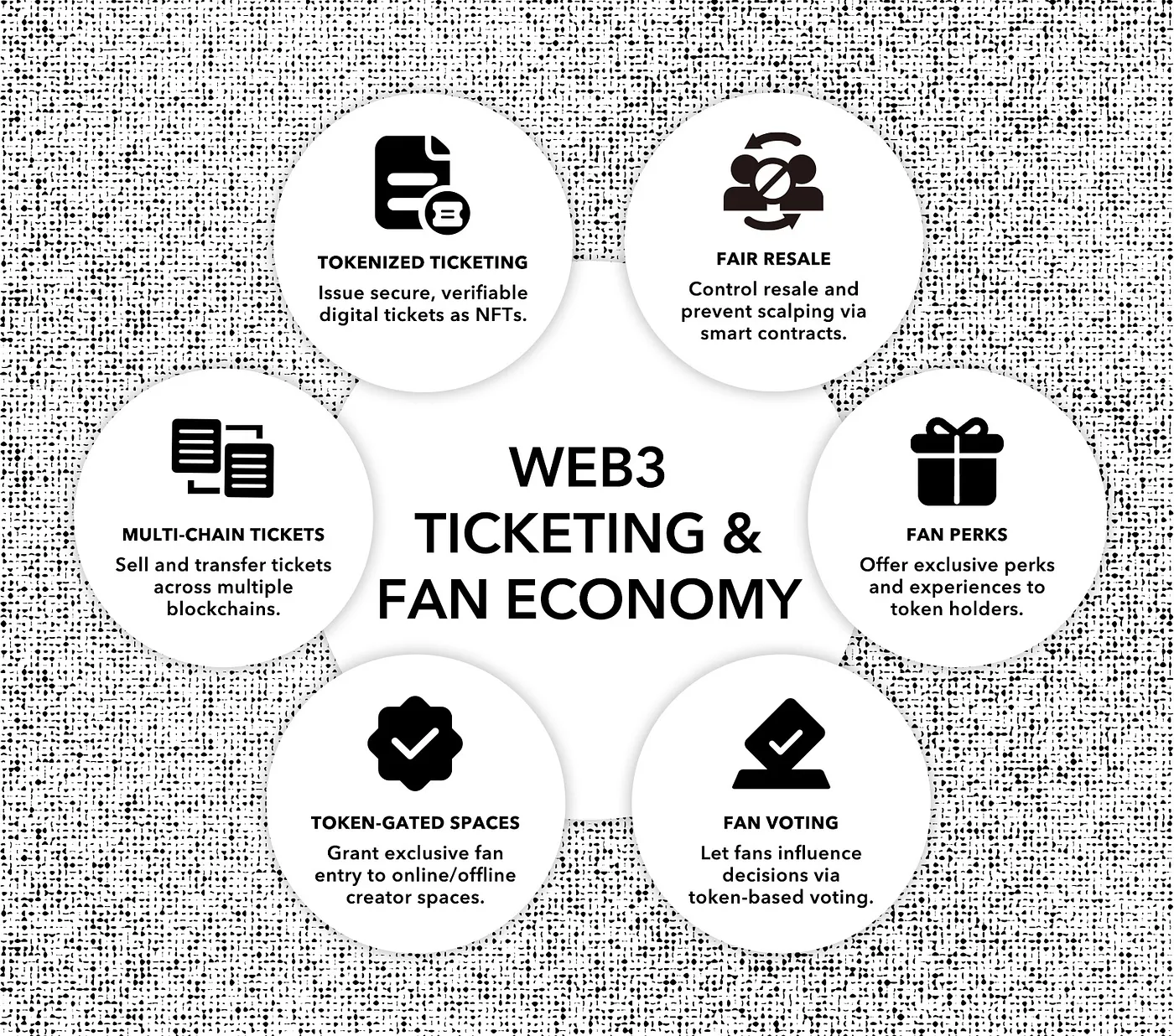
Uptick’s Web3 Ticketing and Fan Economy model redefines what a ticket
can be. Each one is minted as an NFT, and not just for the sole
purpose of basic access, but as a completely programmable asset.
This could range from attending multiple events where the asset
updates, unlocking perks through merch purchases, or building a fan
profile through a DID that proves participation without exposing
personal data. Loyalty becomes visible, portable, and usable across
the entire ecosystem, solidifying the connection between fans and the
communities they support.
That includes the event itself too, as each NFT ticket represents a
claim to a real world experience, not just an access code. Entry
scans, on-site purchases, loyalty actions could be used to update the
asset over time, depending on how the surrounding systems are
implemented. These kinds of tickets are able to confirm attendance,
but they’re also designed to reflect engagement, forming a living
record that ties fans to the artists, teams, or spaces they care
about.
It should be noted however, that while Uptick infrastructure aims to
support on-chain updates, real-time integration depends on
project-specific off-chain infrastructure.
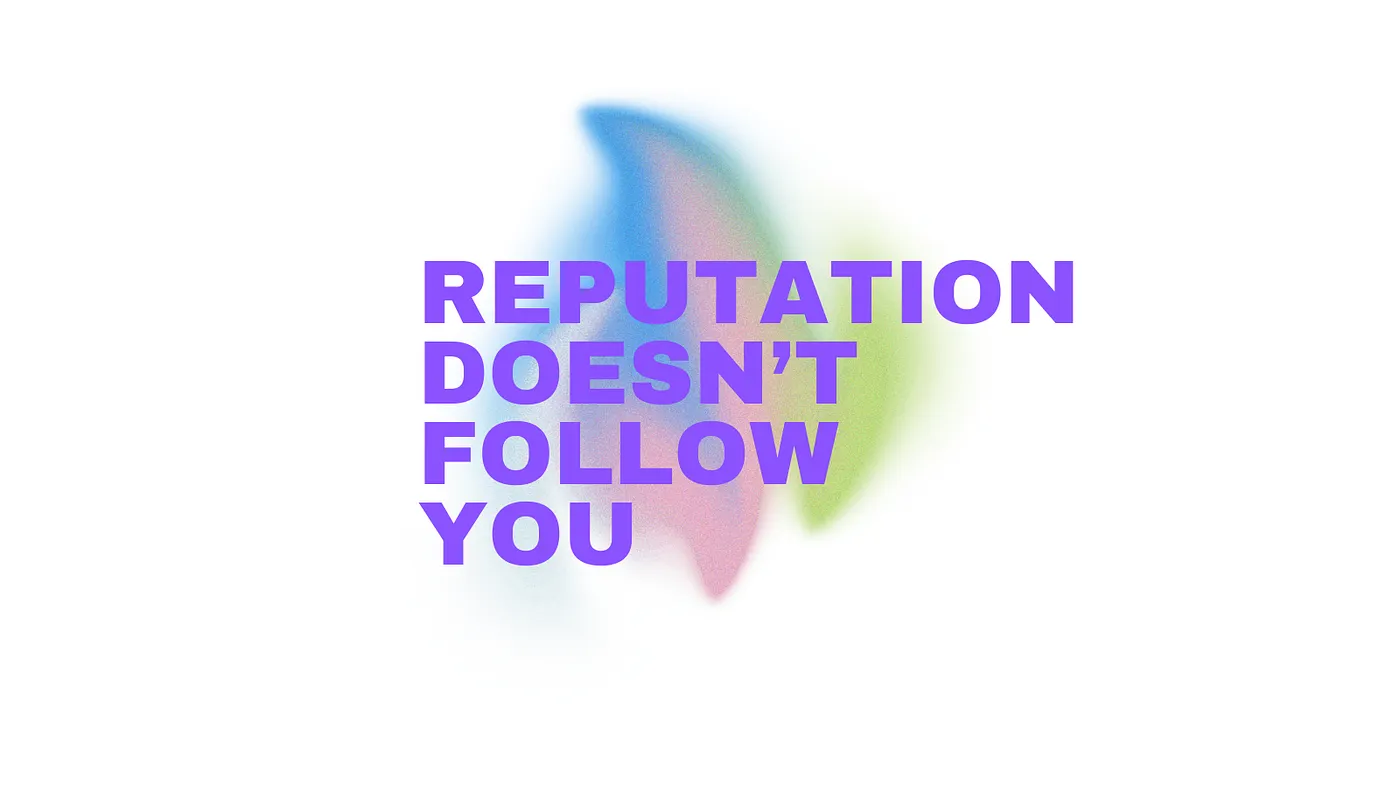
You can build trust, earn reviews, complete every transaction
perfectly to a tee, and still have to start from zero the moment you
switch platforms.
This is not because your reputation isn’t real, but because it’s held
hostage inside a system that refuses to let it leave. Each app, each
marketplace, and each network holds your credibility inside a
walled-garden, and it only works in that one session, then disappears
the second you move on.
Isolation kills continuity, as it forces every single user to rebuild
their profile from scratch, even after years of participation
elsewhere. Trust deteriorates and becomes tied to platforms instead of
the actual people. In the sharing economy, where interactions are more
often than not, short, informal, and between peers, the lack of
portable reputation adds so much friction at every step, with more
verification hurdles, more risk, and ultimately, more hesitation.
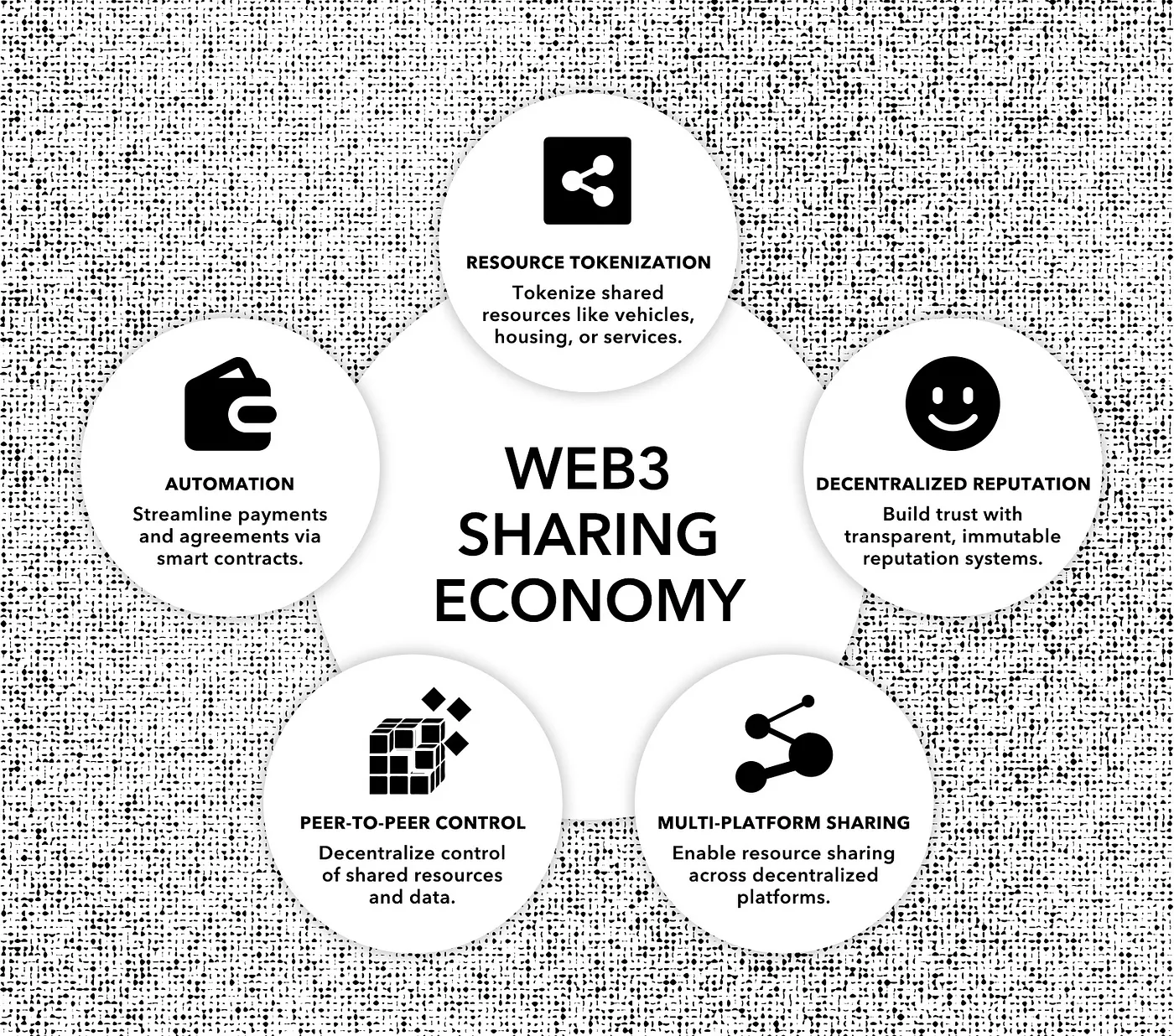
Uptick’s Web3 Sharing Economy model gives reputation a permanent place
in the system, and every review, booking, and verified interaction
links to a decentralized identity profile that stays with you. There’s
no need to start over, because your history moves with you, and it’s
visible when it matters, and private when it doesn’t.
Uptick’s Decentralized CRM (DCRM) tools let you control what data is
shared, how it’s used, and who gets to see it. Whether you’re renting
a space, lending equipment, or offering a service, your track record
is part of your presence, and trust is not something you have to
rebuild every time.
This allows it to grow with use, and the infrastructure keeps it
intact and makes your reputation usable anywhere, as opposed to just
being stuck in one app.
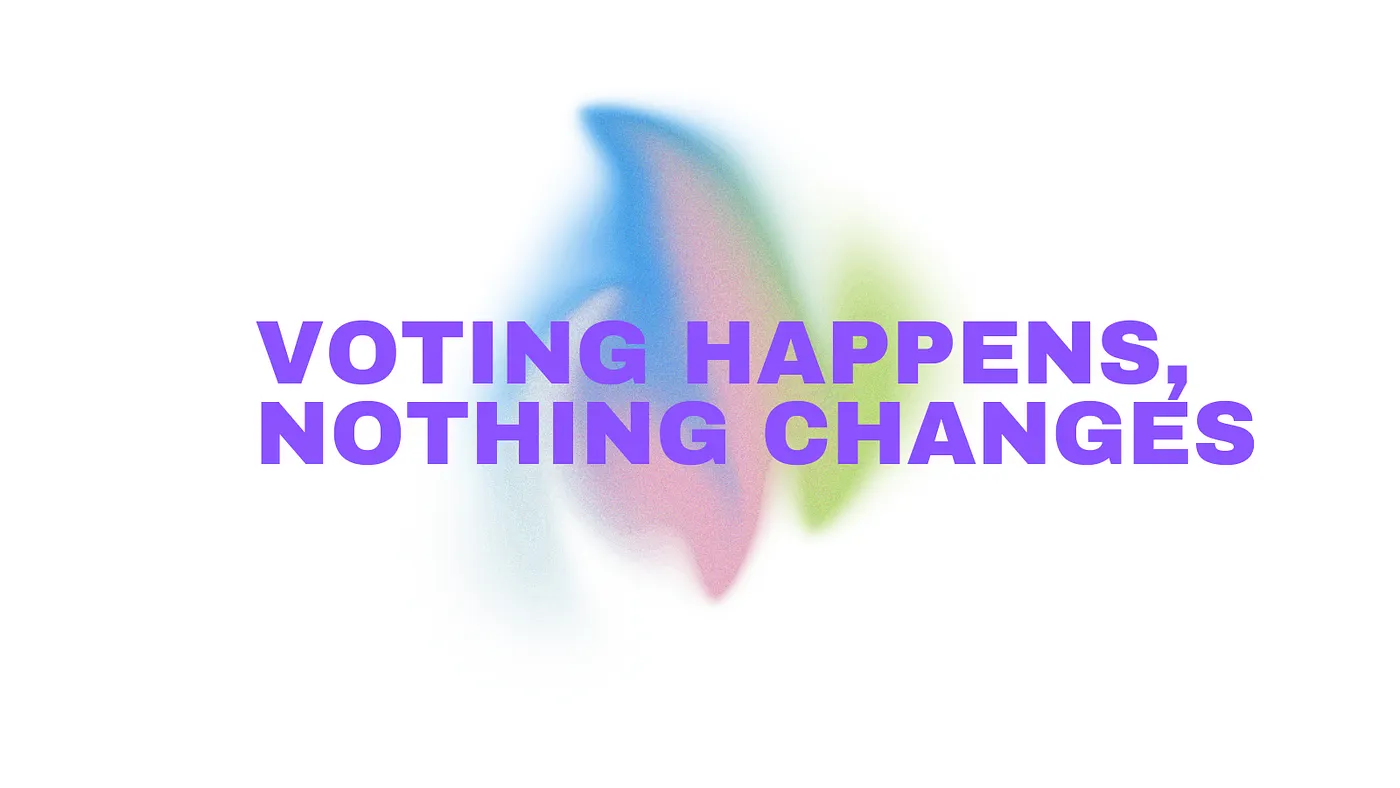
DAOs were meant to give people a real say, but a lot of the time, what
we are seeing is ‘Governance Theater’, as the actual turnout is low
and decisions are rarely followed through programmatically.
Mechanisms exist, but for a large majority, they don’t really drive
meaningful outcomes. Proposals get posted, votes trickle in, and then
nothing really happens. Participation is low, outcomes are super
vague, and enforcement depends on whoever is still paying attention.
Instead of building systems that run on collective input, most DAOs
stage lightweight rituals that feel more like forums than functional
processes.
The issue isn’t that people don’t care, it’s that the structure gives
them nothing to plug into. Voting happens off-chain, results aren’t
binding, and execution relies on manual follow-through. Treasuries are
managed in separate systems, permissions must be updated by hand, and
there is no clear signal that the vote actually triggered anything.
Without a feedback loop built into the process, decision-making in
governance becomes more like a checkbox that exists for appearances,
but actually lacks real power.
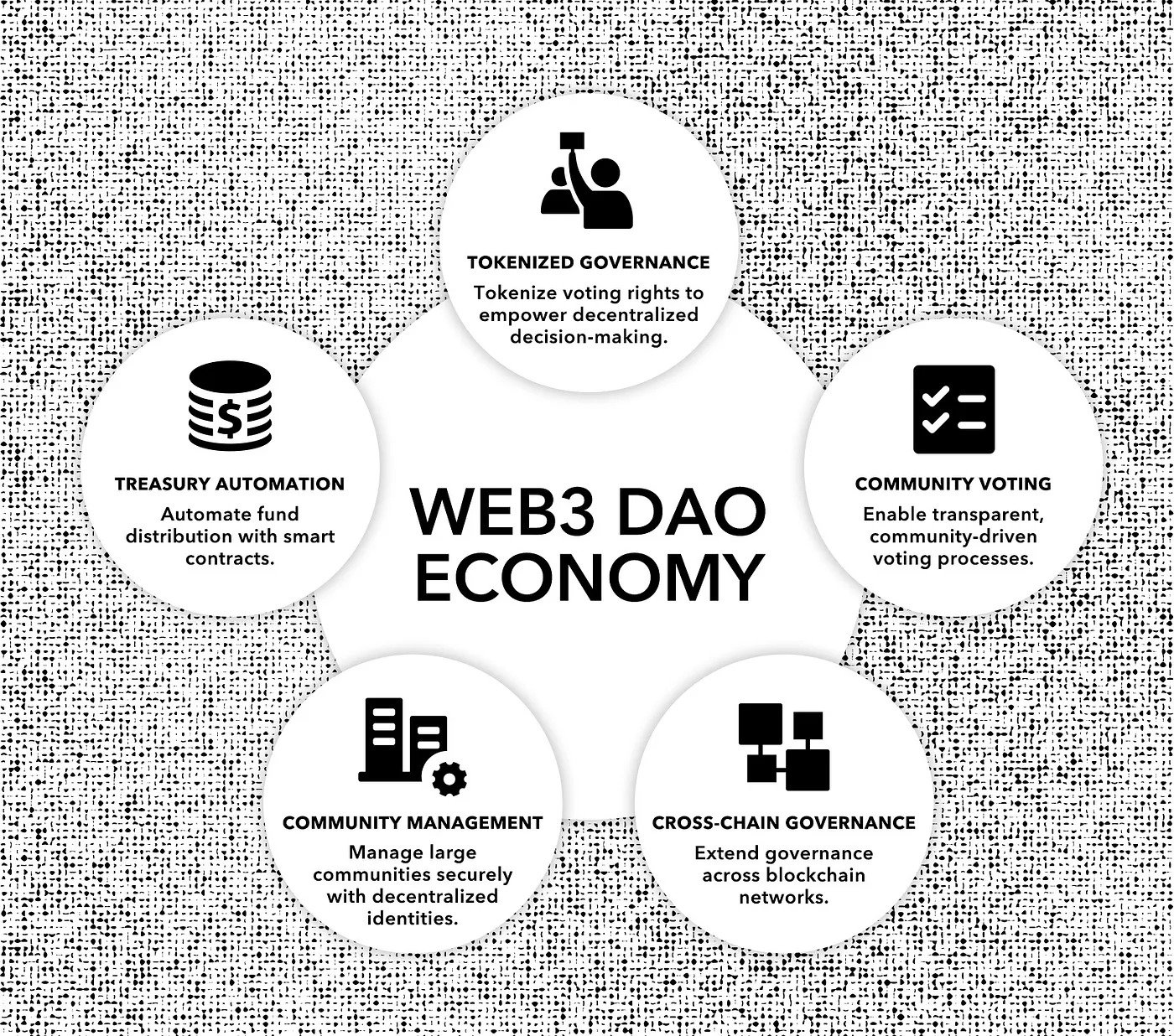
Uptick’s Web3 DAO Economy model closes the gap between voting and
execution. Proposals are more than text, and each one is linked to
modular smart contracts that carry out specific actions such as
funding approvals, role changes, task assignments, or policy updates,
based on the result of the vote.
These actions are already supported by the infrastructure, but actual
execution depends on how each DAO sets up and links the relevant
modules. Governance linked to DID profiles also adds an identity layer
that moves beyond token weight. DAOs can identify contributors, adjust
voting rights, and integrate reputation directly into the decision
logic.
This allows governance to act like core infrastructure, where it
becomes responsive, automated, and enforceable.
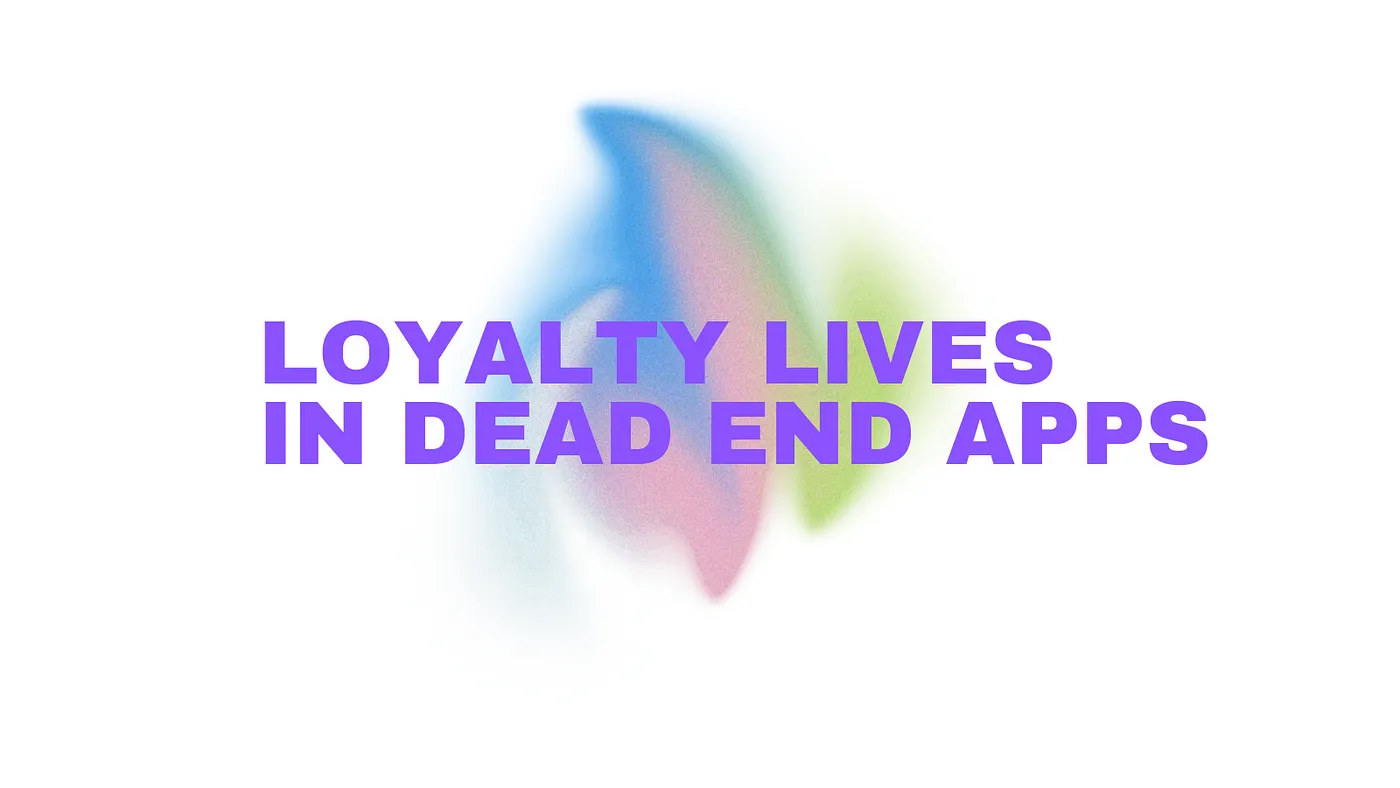
Most loyalty programs are digital in name only.
You sign up, collect some points, and then forget about them. Maybe
they expire, maybe they sit unused, or maybe the reward isn’t even
worth the effort. The program exists, but the connection doesn’t, and
loyalty is then reduced to transactions. You spend more, get a
discount, and repeat the cycle, but there’s no memory, no progression,
and no reason to care beyond the next coupon.
It actually gets even worse when these programs don’t connect with
each other, because you might buy from the same brand in-store,
online, or through a partner, but none of those actions actually link
together. Event attendance, content engagement, and referrals all
happen in isolation, and loyalty transforms into a disjointed series
of campaigns, each with its own rules, points, and apps.
This can result in users losing interest, brands losing clarity, and
the entire system staying shallow.
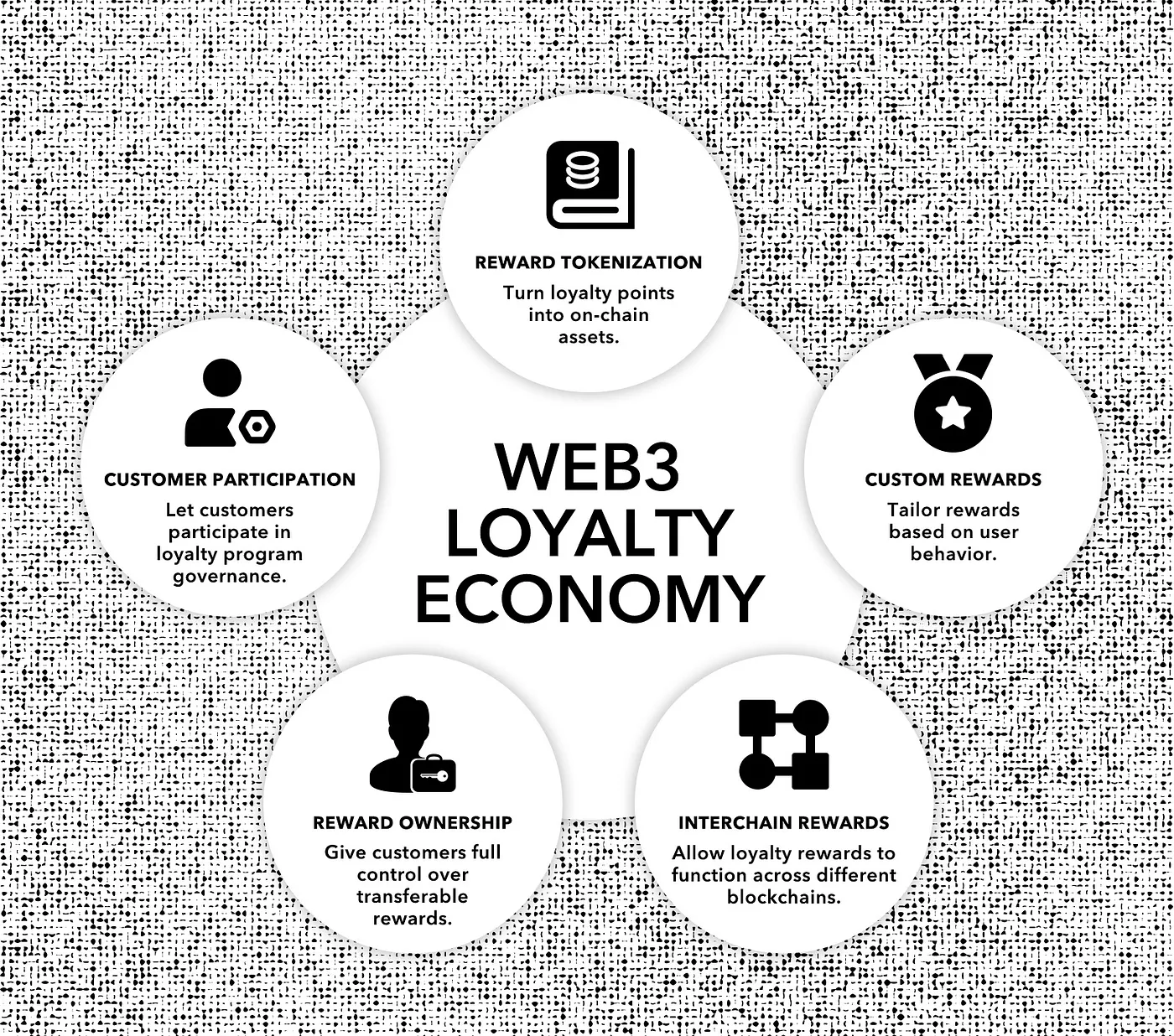
Uptick’s Web3 Loyalty Economy model gives loyalty structure and
continuity. NFTs are designed with the potential to evolve as users
engage, with perks unlocked based on real activity. Whether you shop,
attend, share, or hold, every interaction links to your DID profile
and forms a unified history across apps and ecosystems.
You don’t need to log in or use third-party tools, because your wallet
serves as your record. Brands don’t need to guess who is loyal, they
can actually see it directly, and users are not forced through extra
steps, because their status is already reflected.
Essentially, Uptick turns loyalty into something programmable,
portable, and cumulative, making it an integrated part of the
ecosystem rather than a temporary incentive.
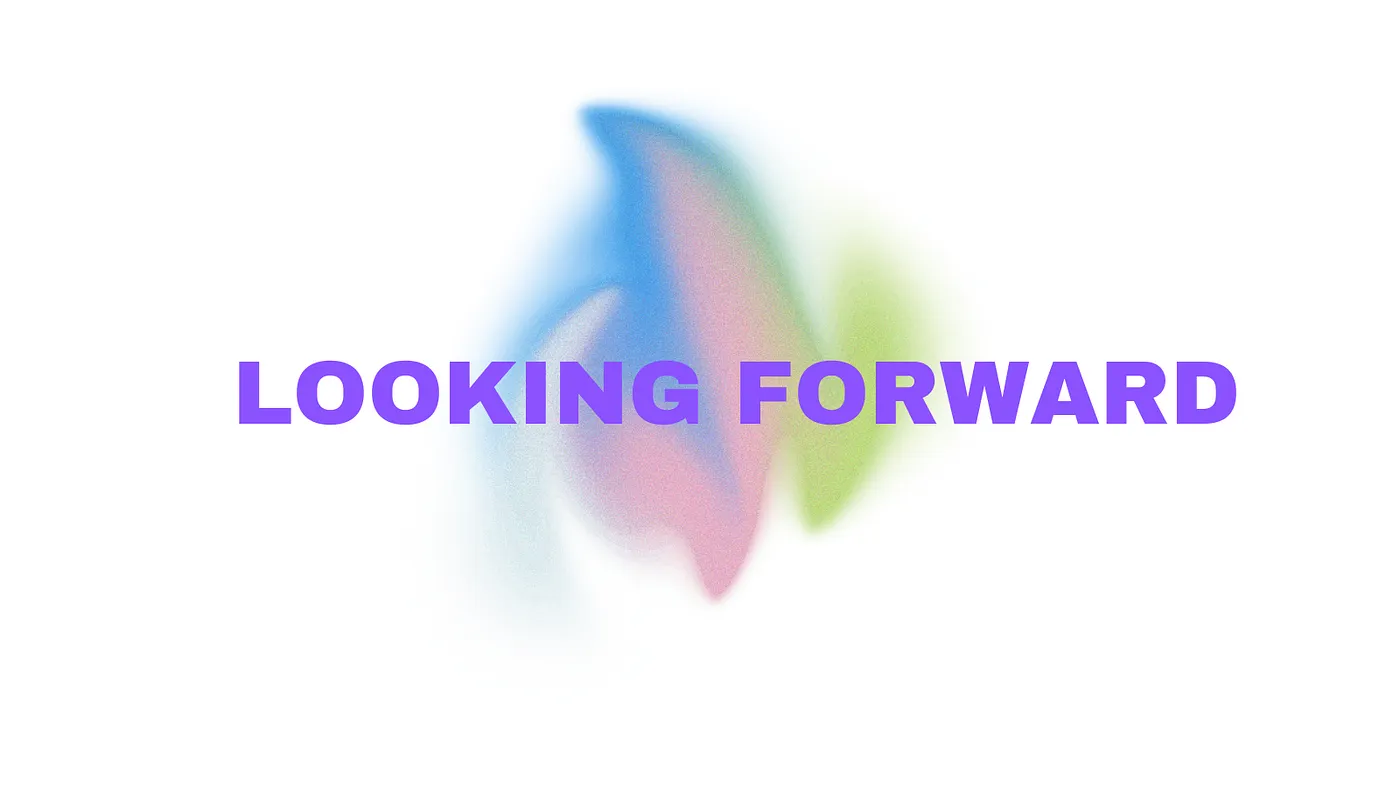
There’s still plenty of shallow hype floating around the market, but
look beneath the surface and you’ll see Web3 quietly reshaping entire
industries.
Uptick has built protocol-level infrastructure designed to solve real
problems, not imagined ones. These are structural issues Web2 never
addressed, and the models are already running across live systems,
covering commerce, content, coordination, and retention.
Each model targets a specific faultline, whether that’s marketplaces
dictating the terms, platforms keeping creators dependent, tickets
vanishing after use, loyalty staying siloed, governance talking but
not acting, or reputation that remains trapped inside individual apps.
These are system-wide failures that need a better foundation.
NFTs in this context are functional, rather than speculative, and they
define how a product is sold, how a ticket adapts, how content is
accessed, reused, or restricted. DIDs reflect participation and
history without revealing personal data, and DAO modules have the
ability to drive real outcomes.
Web3 doesn’t need more hypotheticals or shiny pitch decks, it needs
real utility tied to actual economic behaviour, consistent
performance, and a foundation that is truly sustainable.
That’s the foundation Uptick is building for.
















